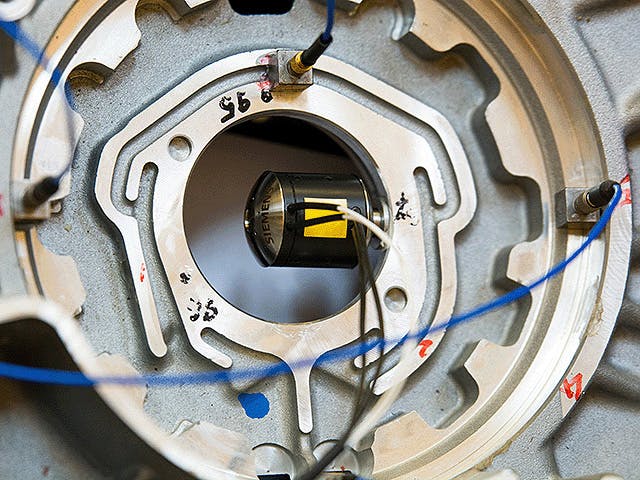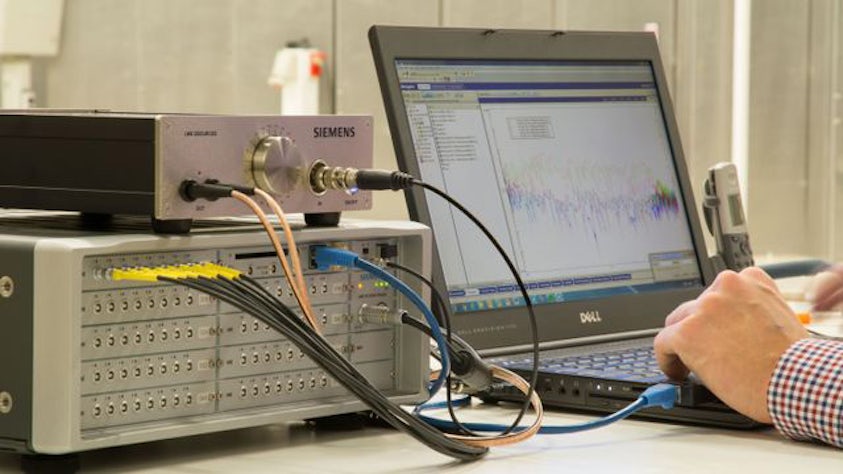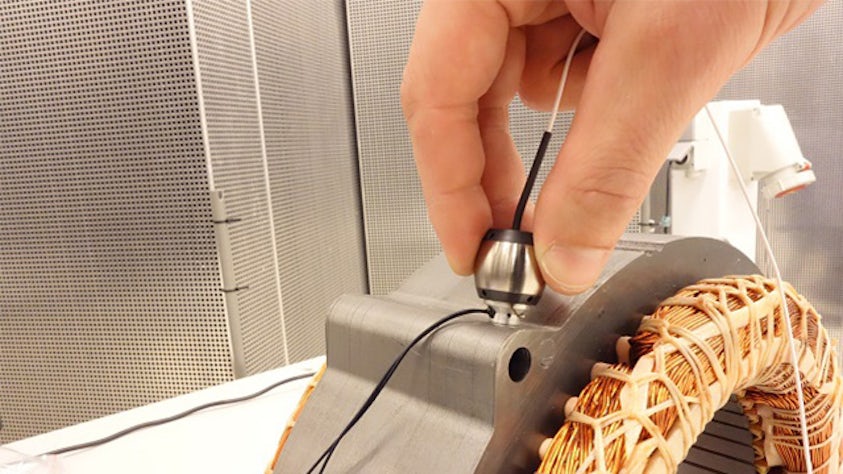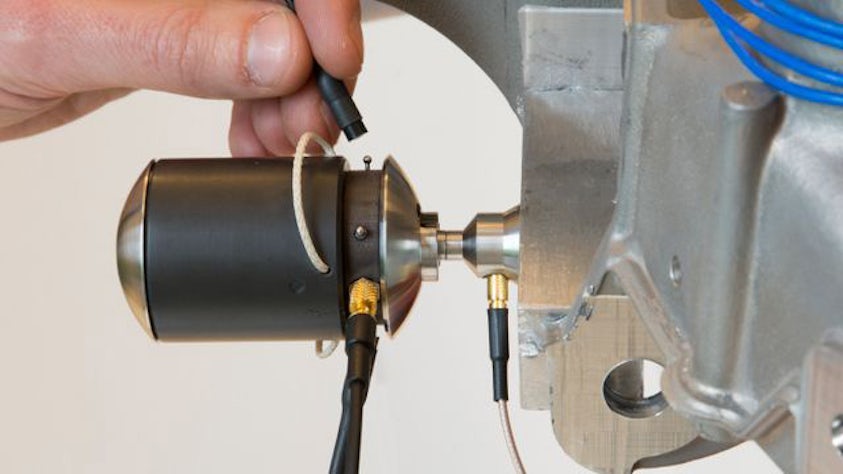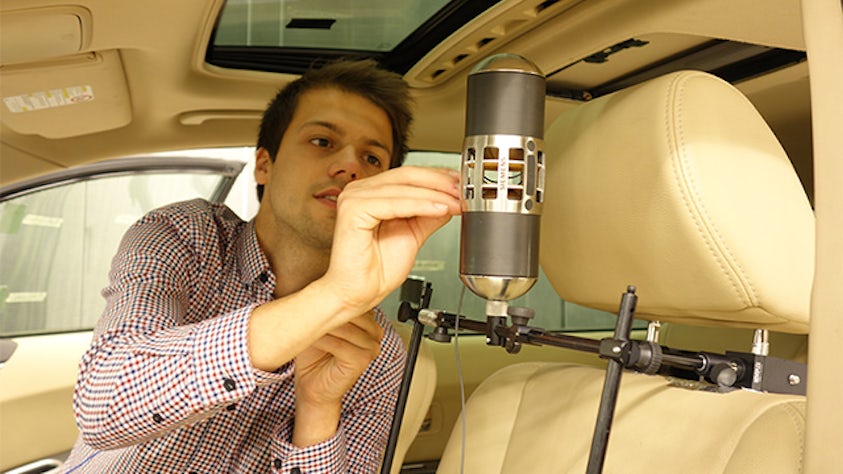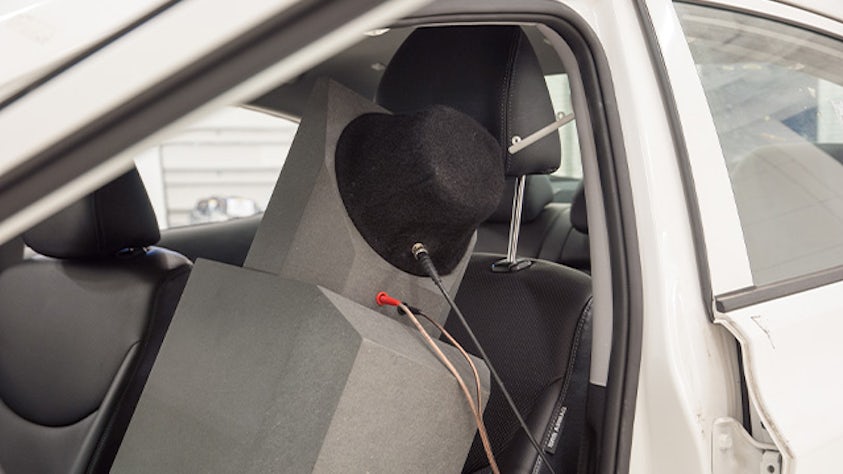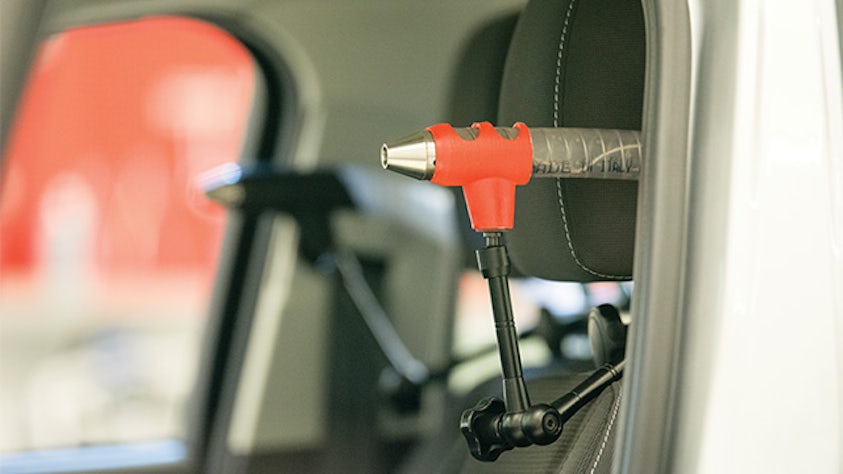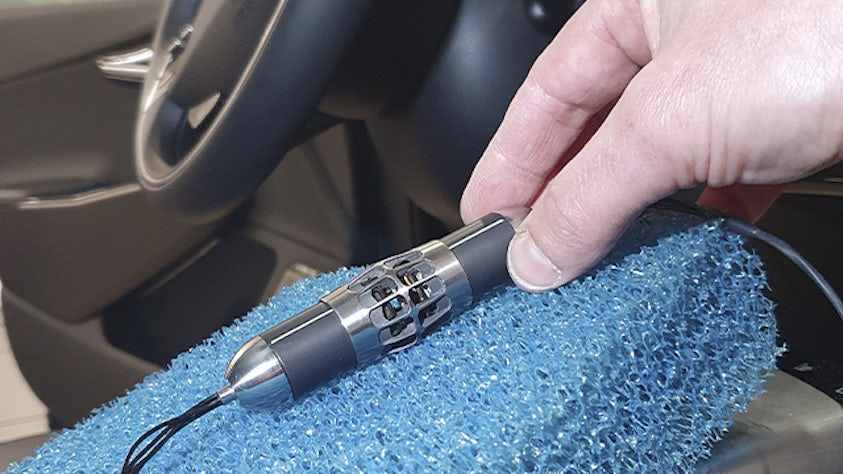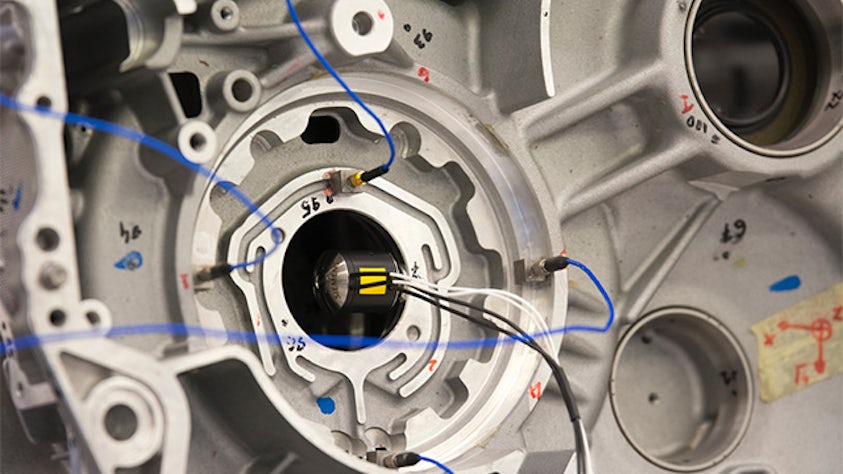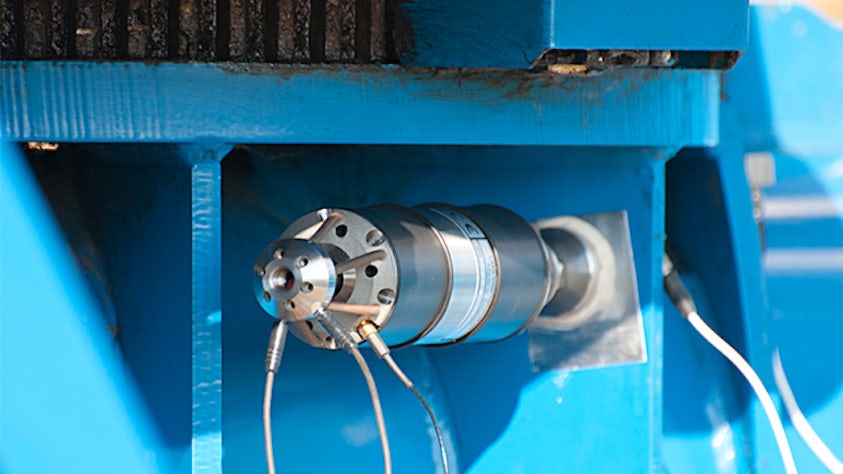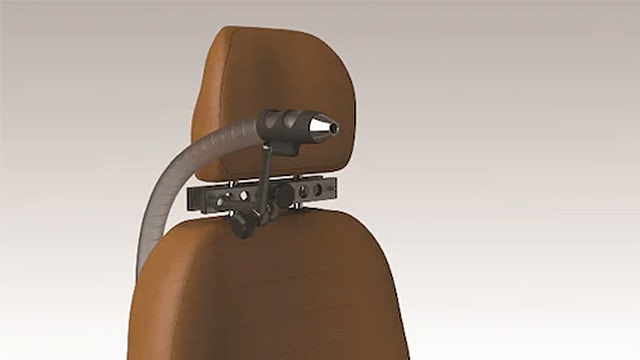Simcenter Qsources is a comprehensive suite of innovative sound and vibration excitation hardware to measure driving points and structural and vibroacoustic frequency response functions. A complete set of Qsources products cover the entire range of (reciprocal) transfer function measurements, focusing on performance attributes, such as system dynamics and sound quality.
Work with a comprehensive hardware suite
Simcenter Qsources offers a wide range of innovative hardware tools for sound and vibration excitation, from compact electrodynamic shakers to volume velocity monopole sources.
Improve repeatability
The specific design of the shakers provides easy access to hard-to-reach locations, allows for correct shaker angle and position accuracy, improves repeatability and signal-to-noise ratio, and delivers good excitation levels in the relevant frequency range of interest. This results in high-quality and accurate frequency response functions as input to structural dynamics and transfer path analysis.
Integrate with data acquisition hardware
Simcenter Qsources excitation hardware seamlessly integrates with Simcenter SCADAS data acquisition hardware and Simcenter Testlab acquisition and analysis software. This gives you a unique solution combination that exceeds current market standards for productivity, data accuracy and overall customer expectations.
Simcenter Qsources excitation hardware product portfolio
Providing minimum mass loading while being self-supporting and self-aligning.
